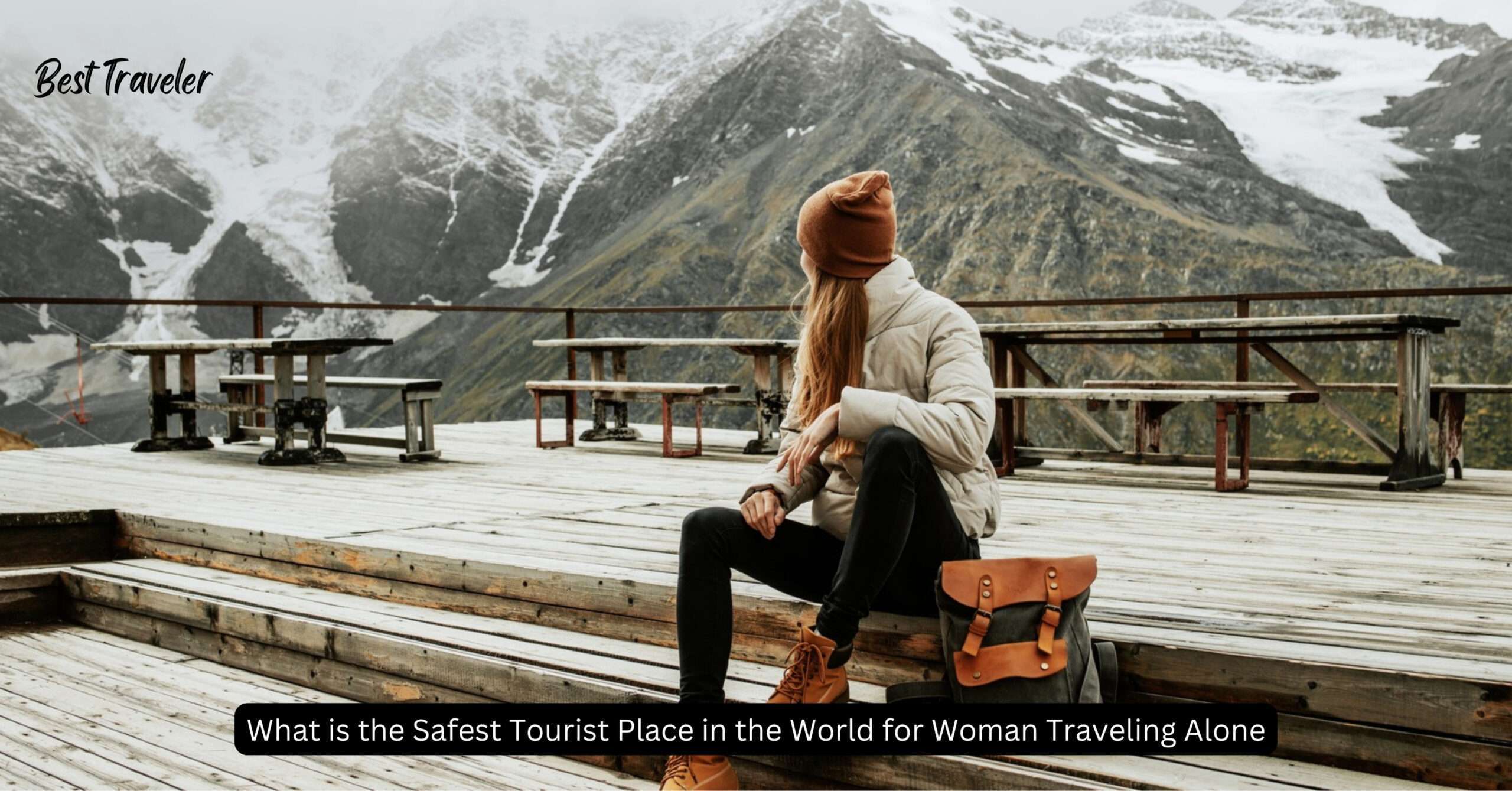How can Travelers Prepare for a Hiking Adventure in Different Climates and Terrains?

Hiking is an exhilarating outdoor activity that allows individuals to immerse themselves in nature while enjoying physical exercise. Whether you’re a seasoned trekker or a novice adventurer, preparing for a hiking trip involves careful consideration of various factors, including the climate and terrain you’ll encounter along the way.
From dense forests to arid deserts, each environment presents its own set of challenges and opportunities for exploration. In this comprehensive guide, we’ll delve into the essential steps travelers can take to prepare for a hiking adventure in different climates and terrains.
Researching Climate and Terrain
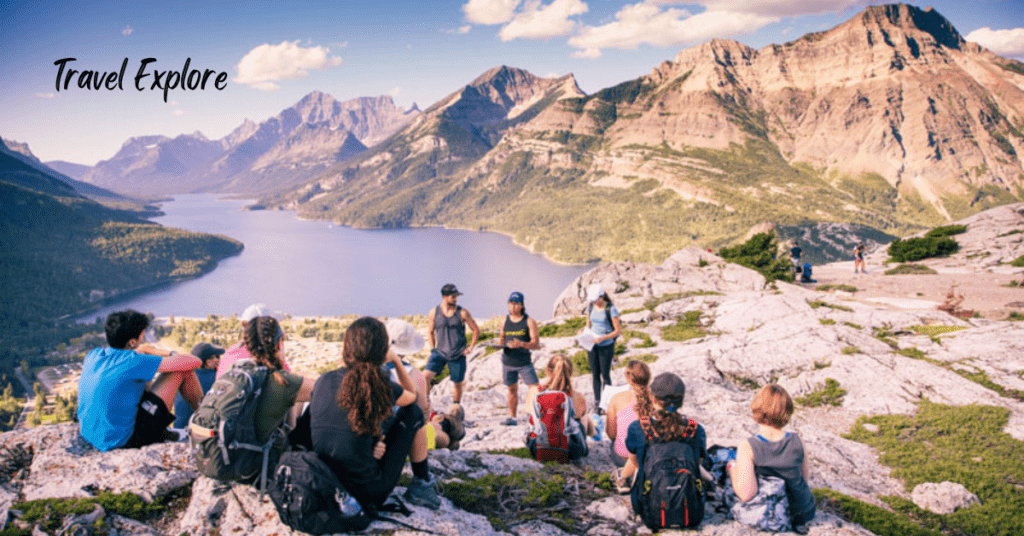
Before embarking on a hiking adventure, it’s crucial to conduct thorough research on the climate and terrain of your chosen destination. Understanding the weather patterns, temperature fluctuations, and geographical features will help you adequately prepare for the journey ahead.
Climate Zones
Embarking on a hiking adventure across various climate zones promises a journey through diverse landscapes and ecosystems. The journey might begin in the temperate zone, characterized by moderate temperatures and deciduous forests, offering picturesque trails adorned with vibrant foliage in the fall.
As you ascend into higher altitudes or latitudes, you may encounter the alpine zone, where rugged terrain and snow-capped peaks dominate the landscape. Here, hikers face challenging conditions, including extreme cold and limited vegetation, but are rewarded with breathtaking vistas and a sense of remoteness.
Descending into arid regions, such as deserts within the subtropical zone, presents a stark contrast, with vast expanses of barren terrain and scorching temperatures. Survival in such environments demands careful water management and protection from the relentless sun.
Finally, venturing into the tropical zone unveils lush rainforests teeming with biodiversity, where dense foliage and humid conditions create a verdant paradise. Each climate zone offers its own set of challenges and rewards, ensuring an unforgettable hiking experience rich in diversity and adventure.
Terrain Features
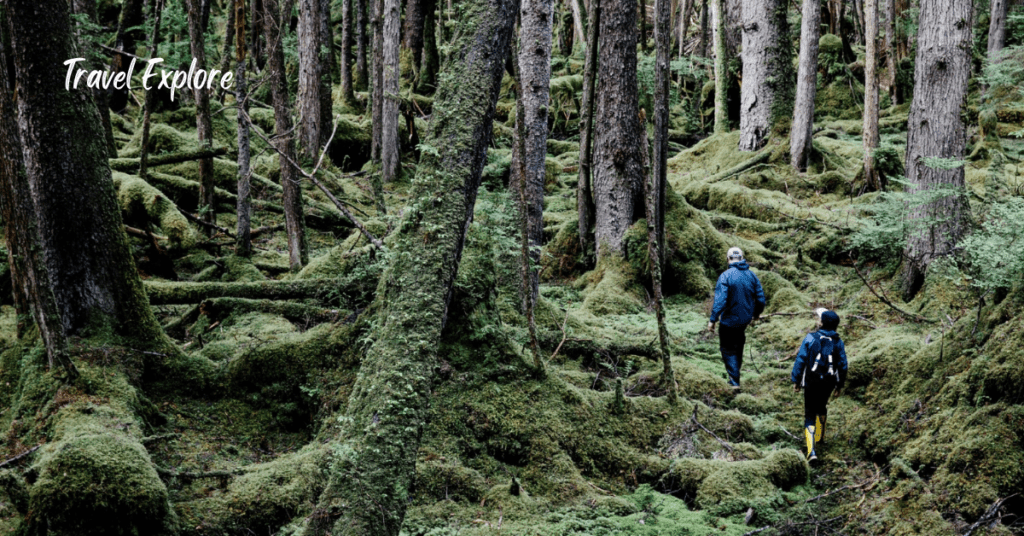
Terrain features play a crucial role in shaping the experience of a hiking adventure, varying significantly across different climates and landscapes. In temperate forests, hikers encounter undulating trails meandering through dense foliage, punctuated by occasional streams and rocky outcrops.
The lush vegetation provides shade and shelter, while the terrain can be challenging with steep ascents and descents. In arid deserts, the landscape transforms into a vast expanse of dunes or rocky plateaus, where hikers navigate through shifting sands or rugged terrain under the relentless sun.
Water sources become scarce, necessitating careful planning and conservation. Mountainous regions offer a diverse range of challenges, from gentle slopes adorned with alpine meadows to towering peaks cloaked in snow and ice. Hikers must contend with altitude changes, extreme weather conditions, and the risk of avalanches or rockfalls.
Coastal trails provide a unique blend of rugged cliffs, sandy beaches, and tidal zones, with stunning vistas of the sea stretching to the horizon. Tides and coastal erosion can create dynamic obstacles, while maritime weather brings its own set of challenges. Each terrain feature presents its own rewards and demands, offering hikers a rich tapestry of experiences to explore and conquer.
Essential Gear and Equipment
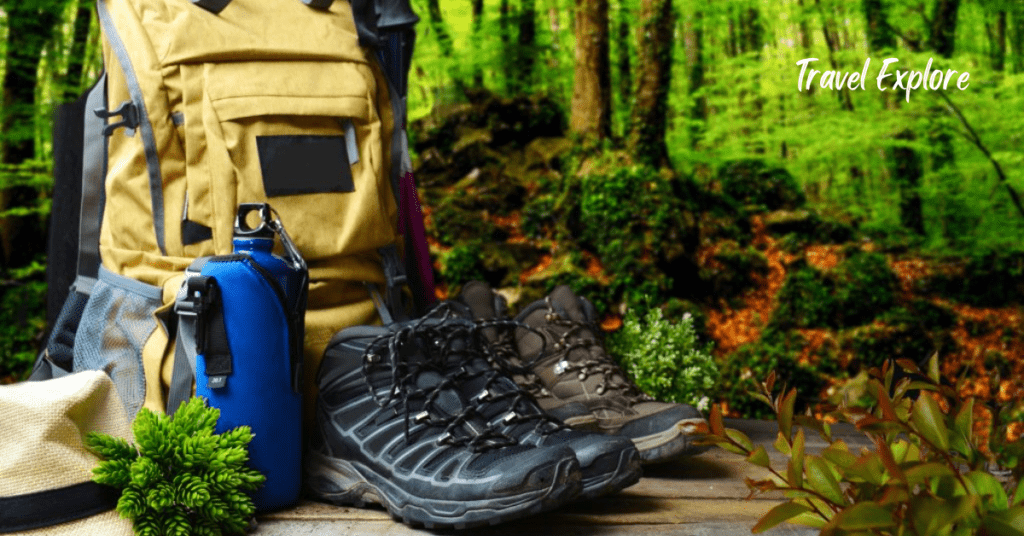
Packing the right gear and equipment is essential for a successful hiking adventure, especially when traversing diverse climates and terrains.
Safety Essentials
When embarking on a hiking adventure, safety should always be paramount, especially when traversing diverse climates and terrains. Firstly, thorough research on the chosen destination is imperative. Understanding the climate patterns, terrain features, and potential hazards specific to the area will help in preparing adequately.
In warmer climates, dehydration and heat exhaustion are primary concerns, so carrying sufficient water and wearing lightweight, breathable clothing is essential. Conversely, in colder climates, hypothermia and frostbite pose significant risks, necessitating proper insulation through layered clothing and adequate shelter provisions.
Footwear suited to the terrain is crucial, whether it’s sturdy boots for rocky trails or waterproof options for muddy or snowy conditions. Additionally, packing a first aid kit tailored to potential injuries, such as blisters, sprains, or insect bites, is indispensable. Navigation tools like maps, compasses, or GPS devices ensure you stay on course, especially in unfamiliar terrain.
It’s also prudent to inform someone of your hiking plans, including your route and expected return time, for added safety. By prioritizing these safety essentials, hikers can enjoy their adventure while minimizing risks and ensuring a memorable and secure experience.
Footwear
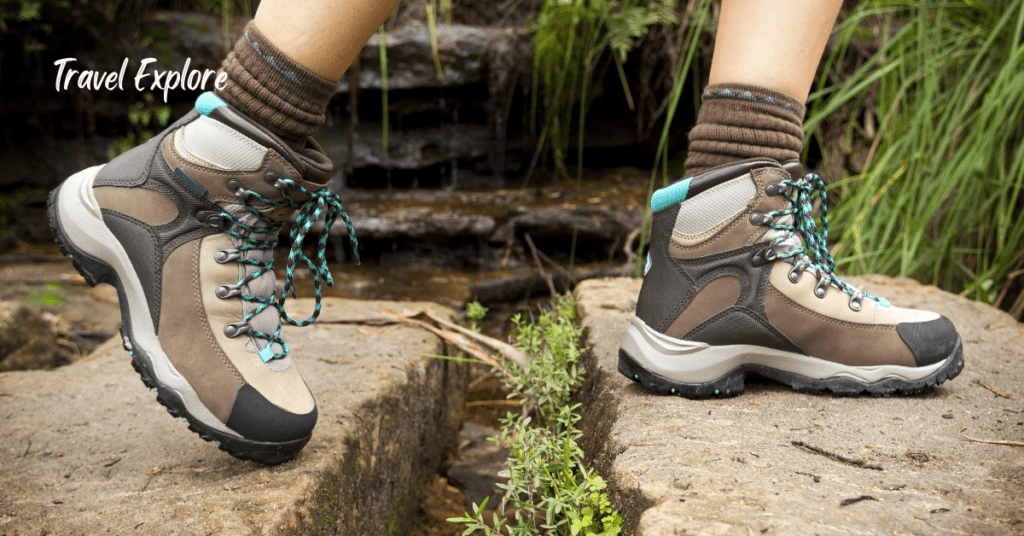
When preparing footwear for a hiking adventure across various climates and terrains, versatility and durability are key considerations. For warmer climates and dry terrains, breathable hiking shoes or trail runners with mesh uppers offer comfort and ventilation while providing sufficient support and traction on uneven ground.
Look for shoes with sturdy outsoles and toe protection to guard against rocks and roots. In wet or muddy conditions, waterproof hiking boots with Gore-Tex or similar membranes keep your feet dry and comfortable. Opt for boots with aggressive tread patterns for enhanced grip on slippery surfaces.
For snowy or icy terrain, insulated hiking boots with a high ankle collar provide warmth and stability, while crampon-compatible soles offer traction on icy surfaces. Regardless of the climate, ensure your footwear fits well and consider breaking them in before your adventure to prevent blisters and discomfort on the trail.
Physical Conditioning and Training
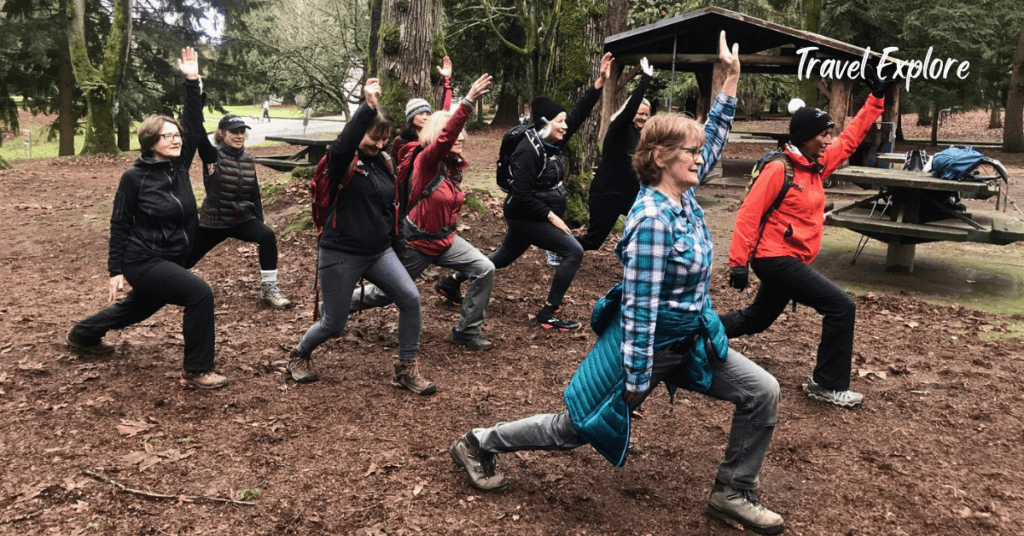
Preparing your body for the physical demands of hiking is crucial for a safe and enjoyable experience, especially when tackling challenging terrain and varying climates.
Strength Training
Strength training for a hiking adventure in diverse climates and terrains is crucial for enhancing endurance, resilience, and injury prevention. When preparing for such an expedition, it’s essential to incorporate exercises that target various muscle groups and mimic the demands of hiking.
In temperate or cold climates where rugged terrain or elevation changes are common, focus on building lower body strength through exercises like squats, lunges, and calf raises to improve stability and power during ascents and descents.
Additionally, include core-strengthening exercises such as planks and Russian twists to maintain balance on uneven surfaces and alleviate strain on the back. In warmer climates or sandy terrains, emphasize cardiovascular endurance with activities like stair climbing or cycling to simulate uphill hiking and improve overall stamina.
Resistance band exercises can also be beneficial for strengthening muscles used in hiking while offering portability for on-the-go training during the journey. Remember to tailor your training regimen to the specific challenges of your intended hiking environment, gradually increasing intensity and duration to build endurance and prepare your body for the adventure ahead.
Cardiovascular Fitness

Cardiovascular fitness is paramount for a hiking adventure across varied climates and terrains. When traversing diverse landscapes, ranging from humid jungles to arid deserts or steep mountain trails, a robust cardiovascular system ensures optimal performance and safety.
Endurance is essential for sustaining prolonged periods of physical exertion, especially when faced with altitude changes, uneven terrain, and unpredictable weather conditions. Engaging in activities such as running, cycling, or swimming can enhance cardiovascular health by strengthening the heart and improving circulation.
Additionally, incorporating interval training and uphill climbs into your workout regimen can mimic the challenges encountered during hikes, thereby preparing your body for the demands of the journey ahead. By prioritizing cardiovascular fitness, hikers can mitigate the risk of fatigue, altitude sickness, and injury, allowing them to fully embrace the awe-inspiring beauty and challenges of their chosen wilderness adventure.
Mental Preparedness and Safety Measures

In addition to physical conditioning, mental preparedness and safety awareness are essential aspects of hiking in different climates and terrains.
Risk Assessment
Risk assessment for a hiking adventure in diverse climates and terrains involves a comprehensive evaluation of potential hazards and the likelihood of encountering them during the journey. Firstly, the assessment should consider environmental factors such as temperature variations, precipitation, altitude changes, and terrain ruggedness.
In colder climates, hypothermia and frostbite are significant risks, while heat exhaustion and dehydration may be more prevalent in warmer regions. Terrain also plays a crucial role, with steep slopes, rocky paths, and unstable ground increasing the likelihood of falls and injuries. Moreover, wildlife encounters, such as encounters with dangerous animals or insects, should be accounted for.
Additionally, the availability of emergency services and communication tools in remote areas should be evaluated. Through careful consideration of these factors, appropriate precautions and contingency plans can be developed to mitigate risks and ensure the safety of hikers throughout the adventure.
Emergency Preparedness
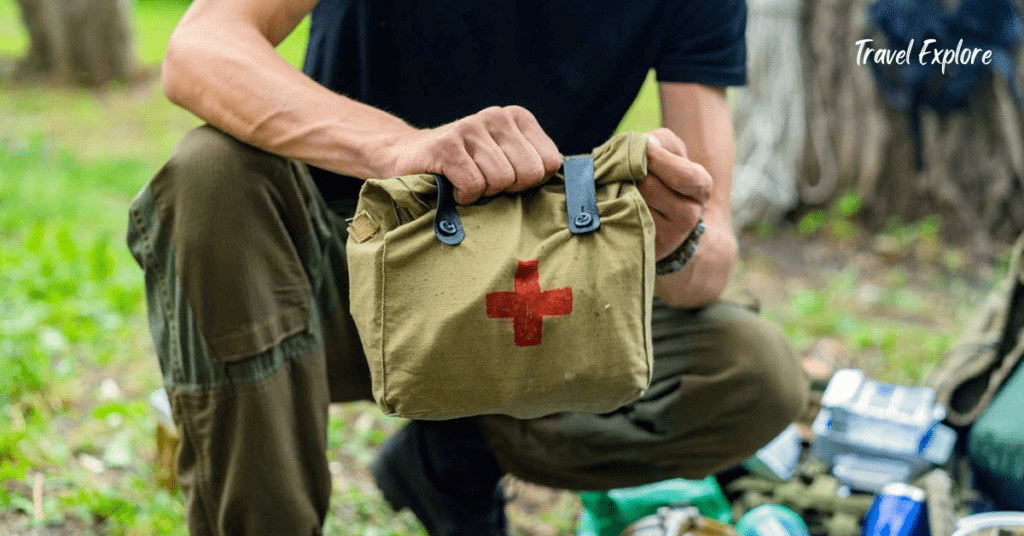
When embarking on a hiking adventure across various climates and terrains, thorough emergency preparedness is paramount. Firstly, research the specific conditions of each location, including weather forecasts, terrain features, and potential hazards.
Pack essential survival gear, such as a first aid kit stocked with bandages, antiseptic wipes, and medications, tailored to potential injuries or medical needs. Carry ample food and water supplies, accounting for increased hydration needs in hot climates or higher altitudes.
Dress in layers to adapt to changing temperatures, and include waterproof clothing and sturdy footwear suitable for rugged terrain. Equip yourself with navigation tools like maps, compasses, or GPS devices, and learn how to use them effectively. Communicate your itinerary and expected return time with a trusted contact, and consider bringing a personal locator beacon or satellite communicator for emergencies.
Additionally, familiarize yourself with local wildlife and plant hazards, and practice Leave No Trace principles to minimize environmental impact. Regularly assess your surroundings, stay vigilant, and prioritize safety above all else to ensure a rewarding and safe hiking experience across diverse landscapes.
Conclusion & Recap
Embarking on a hiking adventure in different climates and terrains offers travelers the opportunity to explore the natural world and challenge themselves physically and mentally. By thoroughly researching the destination, packing essential gear and supplies, understanding climate and terrain considerations, implementing safety measures, and planning for emergencies, hikers can ensure a safe and enjoyable experience in the great outdoors.
Remember to always prioritize safety, respect the environment, and leave no trace as you embark on your hiking adventure. With careful preparation and the right mindset, you can create unforgettable memories and discover the beauty of diverse landscapes around the world.
FAQS
How can I prevent blisters while hiking in different climates?
To prevent blisters, wear moisture-wicking socks and properly fitting hiking boots. Consider using blister prevention products like moleskin or blister patches on hot spots before they develop into full-blown blisters.
Are there any specific precautions I should take when hiking in desert climates?
When hiking in desert climates, it’s crucial to stay hydrated by drinking plenty of water and wearing lightweight, breathable clothing to stay cool. Protect yourself from the sun with sunscreen, a wide-brimmed hat, and sunglasses.
How can I stay safe during river crossings on hiking trails?
When crossing rivers or streams, always assess the depth and current before proceeding. Wear water shoes or sandals with good traction, use trekking poles for stability, and consider using a rope or safety harness if necessary.
What should I do if I encounter wildlife while hiking?
If you encounter wildlife while hiking, maintain a safe distance and avoid sudden movements or loud noises that could startle them. Respect their space and observe them quietly from a distance without approaching or feeding them.
Is it safe to hike alone in remote wilderness areas?
Hiking alone in remote wilderness areas carries inherent risks, so it’s essential to assess your skills, experience, and comfort level before embarking on solo adventures. Always leave a detailed itinerary with someone you trust and carry emergency communication devices.
How do I prepare for hiking at high altitudes?
To prepare for hiking at high altitudes, gradually acclimate your body by spending time at higher elevations before attempting strenuous hikes. Stay hydrated, eat nutritious foods rich in carbohydrates and electrolytes, and listen to your body for signs of altitude sickness.
What should I do if I get lost on the trail?
If you get lost on the trail, stay calm and assess your surroundings for any recognizable landmarks or trail markers. If possible, backtrack to the last known location or follow a reliable water source downhill. Use navigation tools like a map and compass or GPS device to orient yourself and find your way back to the trail.
Are there any special considerations for hiking in mountainous terrain?
Hiking in mountainous terrain requires careful planning and preparation due to the steep inclines, rugged trails, and unpredictable weather conditions. Pack warm layers, rain gear, and sturdy footwear with good traction to navigate the challenges of hiking in the mountains safely.
How can I prevent altitude sickness while hiking at high elevations?
To prevent altitude sickness, gradually ascend to higher elevations, stay hydrated, and avoid alcohol and strenuous activity until acclimated. Consider taking medication like acetazolamide (Diamox) to help prevent or alleviate symptoms of altitude sickness.
What should I do if I encounter inclement weather while hiking?
If you encounter inclement weather while hiking, seek shelter in a sturdy structure or beneath a natural shelter like a rock overhang or dense tree canopy. If caught in a thunderstorm, avoid exposed ridges, tall trees, and open fields, and seek lower ground if lightning is present.




